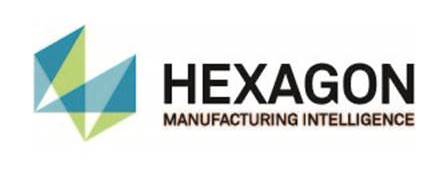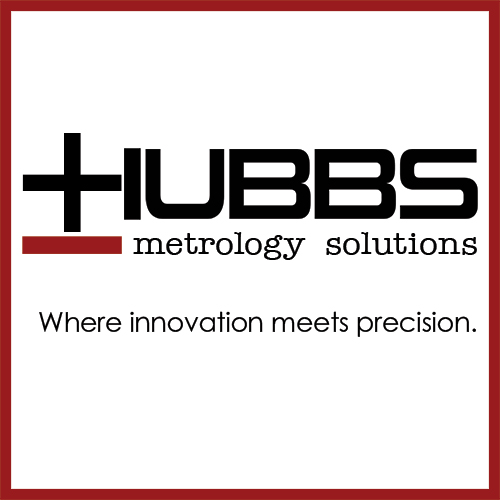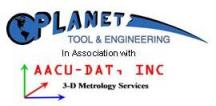Speaker Bio:
Michael Campbell is a Senior Research Scientist within the department of dimensional metrology at the National Physical Laboratory (NPL), the UK’s national measurement institute. He completed a PhD in Astrophysics and Instrumentation at the Royal Observatory of Edinburgh, part of the University of Edinburgh, in Scotland. Since joining NPL, Michael has been undertaking research in large volume metrology, particularly focusing on the design and implementation of a frequency scanning interferometry device to measure 3D coordinates.
NPL OPTIMUM - Optical Tracking Instrument for Measurement Using Multilateration
Michael Campbell, National Physical Laboratory, Higher Research Scientist
Ben Hughes, National Physical Laboratory, Principal Research Scientist
Mattia Lazzerini, National Physical Laboratory, Higher Research Scientist
Nick Kay, National Physical Laboratory, Higher Research Scientist
Michael Campbell – michael.campbell@npl.co.uk, +44 (0) 20 8943 6450
National Physical Laboratory, Hampton Road, Teddington, Middlesex, TW11 0LW
Abstract
Previously we have presented a prototype optical coordinate measurement machine developed at the National Physical Laboratory in the UK. This year we propose to present an update on activity on both a short range demonstrator operating over a desktop volume, and a long range demonstrator operating over the volume of a factory cell.
A short range demonstrator has been built to measure targets on a small CMM, providing vibration compensation and outputting real-time coordinate positions and uncertainties. For the long range system we present a complete change to the acquisition system, improving measurement rate by a factor of 30. An essential feature of the long range system is real-time tracking of targets and we will present the methods undertaken to achieve this.
Both systems utilise the same operating principle. Frequency scanning interferometry is used to make absolute distance measurements and multilateration calculates target coordinates with uncertainty estimates. The combination of these two techniques results in a coordinate measurement system that is self-calibrating with compensation for systematic errors, calculates in-process uncertainty estimates, has continuous traceability to the SI metre, and makes rapid coordinate measurements.
In our measuring system, multiple sensors each measure the distances to multiple targets, simultaneously. Using a minimum of four sensors and six targets, the location of both the targets and the sensors can be determined without prior information about the system. Increasing either the number of sensors or targets leads to data redundancy, which can be used to infer uncertainty estimates for the coordinate measurements. By including systematic errors (associated with e.g. the measuring sensors) into the multilateration model they can be compensated for within the solution.
As the Industry 4.0 revolution advances with intelligent automation, 24 hour production, and high quality big data, traceable metrology systems are required at the heart of the manufacturing process. We see our system being integral to this revolution, being applicable to a wide range of applications, from on-line verification of machine tool processes and CMM calibration, to general traceable measurements across a range of environments.





